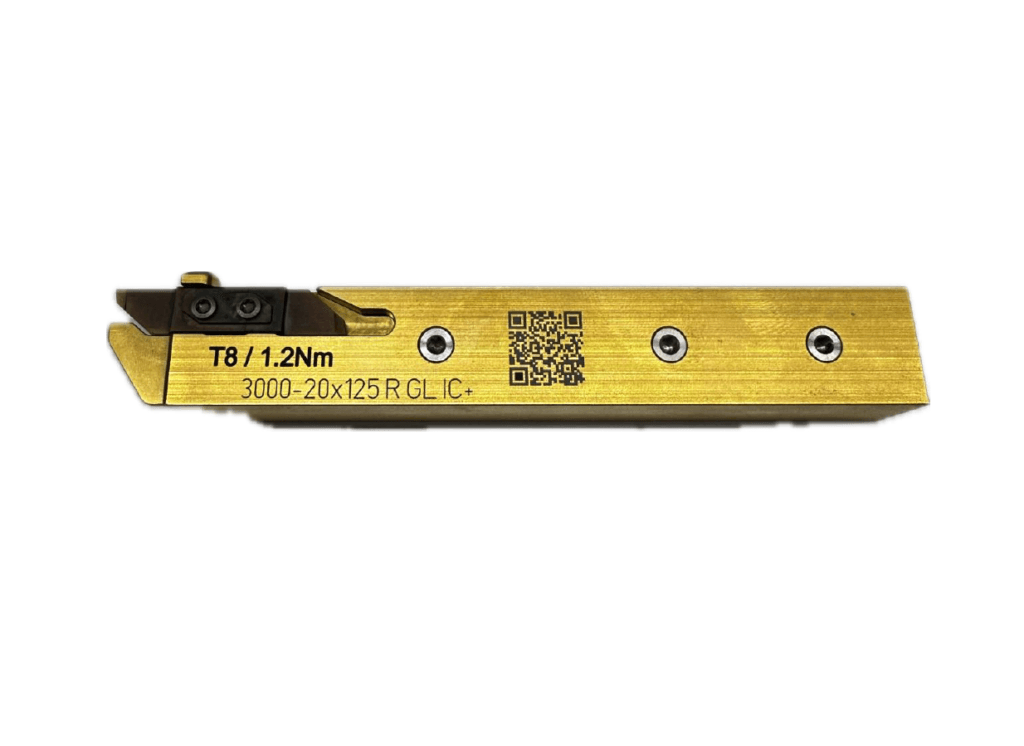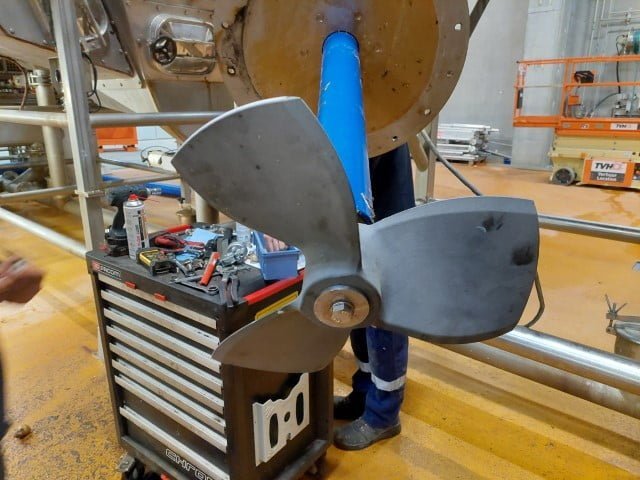Revolutionize Spare Part Management with 3D Printing
Efficiency, Cost-Effectiveness, and Sustainability
At Ziggzagg, we leverage cutting-edge 3D printing technology to transform your spare part management. Discover how our solutions can lead to faster production, reduced costs, and a more sustainable manufacturing process.


The Strategic Advantage of 3D Printing
In the competitive landscape of manufacturing, 3D printing stands out as a transformative technology. It allows for the creation of complex geometries that are often impossible with traditional manufacturing methods. This capability not only accelerates the design process but also enhances product functionality and performance. By enabling rapid prototyping, manufacturers can iterate designs quickly, reducing time-to-market and fostering innovation. Additionally, 3D printing supports mass customization, allowing for the production of bespoke parts tailored to specific customer needs, thereby enhancing customer satisfaction and loyalty.

Overcoming Industry Challenges with 3D Printing
The manufacturing sector faces numerous challenges, including supply chain disruptions, high production costs, and the need for rapid innovation. 3D printing addresses these issues by offering unparalleled flexibility and efficiency. It allows manufacturers to produce parts on-demand, reducing reliance on complex supply chains and mitigating the risks of delays and shortages. This capability is particularly valuable in times of crisis, where traditional supply chains may falter. Additionally, 3D printing reduces tooling costs and enables the production of small batches economically, making it ideal for industries that require frequent design changes or low-volume production runs. By integrating 3D printing into their operations, companies can enhance their resilience and maintain a competitive edge.
How does 3D printing contribute to sustainability?
3D printing reduces waste by using only the necessary material for each part and supports the use of recyclable materials, contributing to a more sustainable production cycle.Can 3D printing really lower inventory costs?
Yes, by producing parts on-demand, companies can reduce the need for large inventories, saving on storage and management costs.How does 3D printing reduce lead times?
3D printing allows for rapid prototyping and production, enabling manufacturers to produce parts as needed, significantly reducing the time from design to delivery.
-
 Machinery & Equipment
Machinery & Equipment3D-Printed Tool Holders Enhancing Machining Precision
Discover how Cold Metal Fusion 3D printing technology is transforming machining with the development of a high-precision, lightweight 3D-Printed Tool Holders designed to improve manufacturing efficiency and tool life.Germany -
 Machinery & Equipment
Machinery & EquipmentSuperior 3D-Printed Fixtures: Worthy enough for Precision Assemblies?
Can 3D-printed fixtures enhance assembly precision? Discover how our jigs ensure stability and accuracy for delicate automotive components.Germany -
 Machinery & Equipment
Machinery & EquipmentCorrosion Conquered: 3D-printed propeller provides solution
Learn how we replaced a heavy steel propeller by a 3D-printed propeller.Belgium
- info@ziggzagg.be
- +32 9 325 90 00
- Venecolaan 10, 9880 Aalter, Belgium
- BE 0826.187.503



